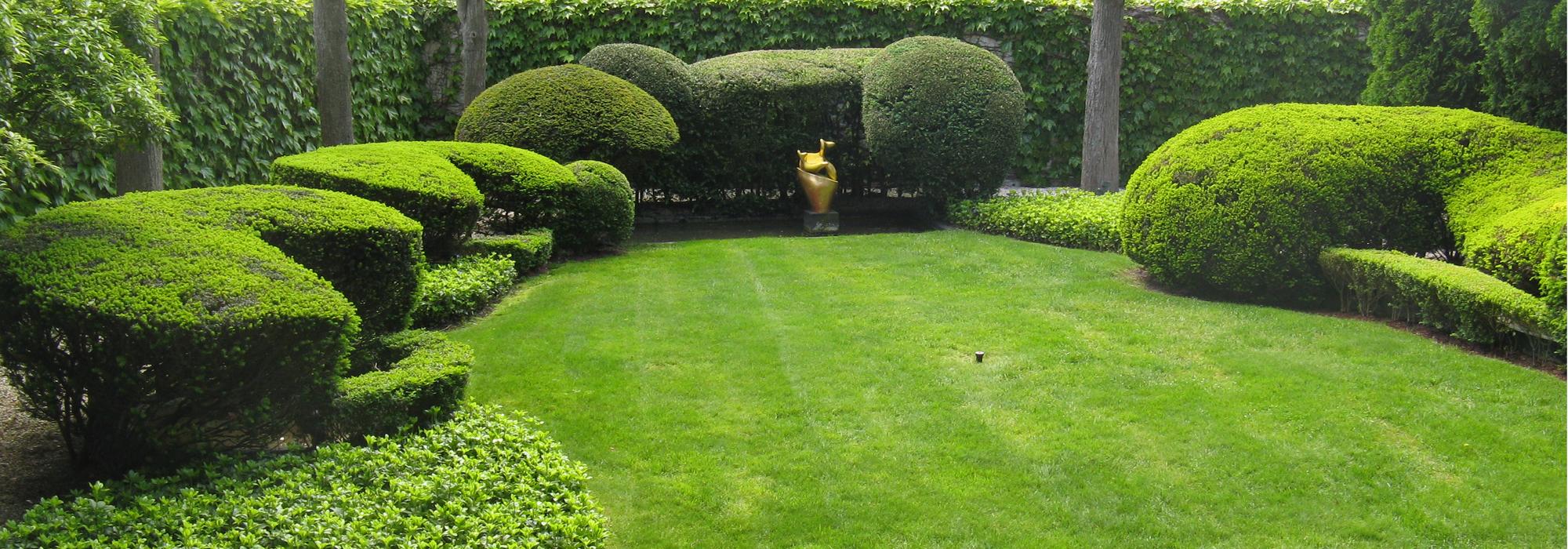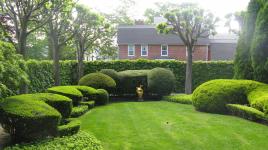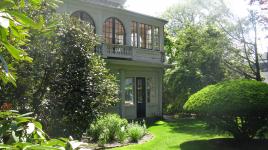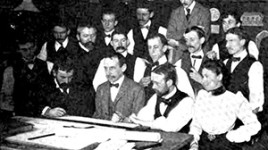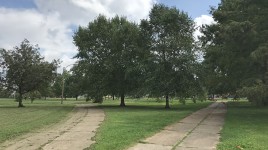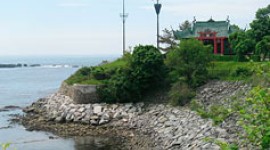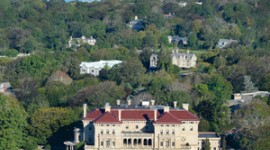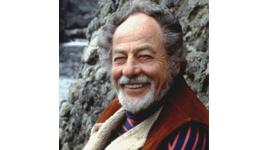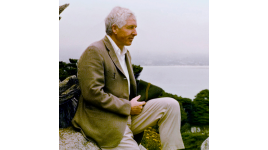Pioneer Information
Born in Canada, Tunnard studied at Victoria College, University of British Columbia, before earning a degree in landscape design and horticulture at College of the Royal Horticultural Society in 1930. He furthered his studies by taking courses in building construction at Westminster Technical Institute in 1932.
Settling in London in the waning years of the Arts and Crafts movement, Tunnard began professional practice at the office of Percy S. Cane. Starting his own practice in 1936, he was responsible for the 1938 publication Gardens in the Modern Landscape, a compilation of his own articles which departed from the popular Arts and Crafts approach. The text drew the attention of Garrett Eckbo, Dan Kiley and James C. Rose, then students at Harvard’s Graduate School of Design, garnering him an invitation to lecture at the university. Tunnard would spend four years there, during which time his students would include Lawrence Halprin, Edward Larrabee Barnes, and Philip Johnson.
Tunnard took a teaching position at Yale in 1945. His work would go on to include a number of significant publications including The City of Man and Man-Made America Chaos or Control. His teaching and writings would significantly influence attitudes towards city planning and historic preservation in the United States.



